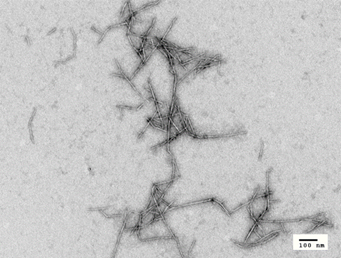Risk Assessment Strategy Group
Risk Assessment Strategy Group

6 Researchers:
Katsuhide Fujita, Yuichi Iwasaki, Masashi Kamo, Hiroyuki Mano, Akihiro Moriyama
12 Contract Employees
Outline
We are conducting risk assessment research on chemicals (including microplastics), nanomaterials, and SARS-Cov-2 viruses. Specifically, we develop methods for risk assessment necessary for promoting innovation of new materials such as nanomaterials, develop methods for obtaining missing data for risk assessment, evaluate risks in actual environments, and promote pragmatic risk assessment for solving social issues. Our goal is to contribute to the realization of a sustainable society where industry and the environment coexist.
Research Highlights
Methods for Risk Assessment and Management of Chemicals
Development of Toxicity Prediction Methods for Rapid and Efficient Risk Assessments
- Development of hazard assessment methods for ecological risk using mathematical and statistical approaches
- Development of methods for quantitative ecological risk assessment using species sensitivity distribution (SSD) and quantification of uncertainties.
 |
Fitting a statistical distribution to toxicity data for multiple biological species
Development of Combined Toxicity and Population-Level Assessment Methods Using Mathematical Models
- Development of models, statistical test theories, and combinatorial optimization methods for assessing the combined exposure effects of chemicals
- Development of assessment methods for population-level ecological risk of chemicals
 |
An example of the mixture effects of two chemicals (A and B). The mixture effects differ depending on the combination of physical properties of the chemicals, and the effects are predicted by mathematical models.
Pragmatic Risk Assessment of Freshwater and Marine Environments
|

Sampling at river |
Risk Assessment and Management Using Bioassays
|

Devices and species for bioassay |
Environmental risk assessment of microplastics (MP)
- Development of environmental risk assessment framework considering the characteristics of MPs
- Trial risk assessment of MPs for Tokyo Bay
- Estimation of species sensitivity distributions considering various MP characteristics
Toxicity Test Methods and Evaluation of Nanomaterials
Development of Toxicity Assessment Methods of Cellulose Nanofibers (CNFs)
|

EM image of CNFs |
Dissemination of Testing Methods and Safety Assessments of Nanomaterials
|

A manual for toxicity testing of CNFs |
Measurement and Estimation of exposure parameters for assessing risk of COVID-19
- With the goal of contributing to the realization of effective infection risk mitigation measures, we conduct research to obtain evidence that contributes to assessment of risks and effectiveness of measures for preventing COVID-19 infection.
- Measurement and estimation of ventilation and particle behavior in actual public transportation vehicles, etc.
- Monitoring CO2 concentrations in outdoor and indoor environments in stadiums
- Visualization and quantification of droplets and droplet nuclei using an exhalation and cough simulator
|
Aerosols Testing Room |

|
(Collaborating with the Emission Exposure Analysis Group, working as a member of the Research Laboratory for Covid-19 Infectious Risk Asseement)


